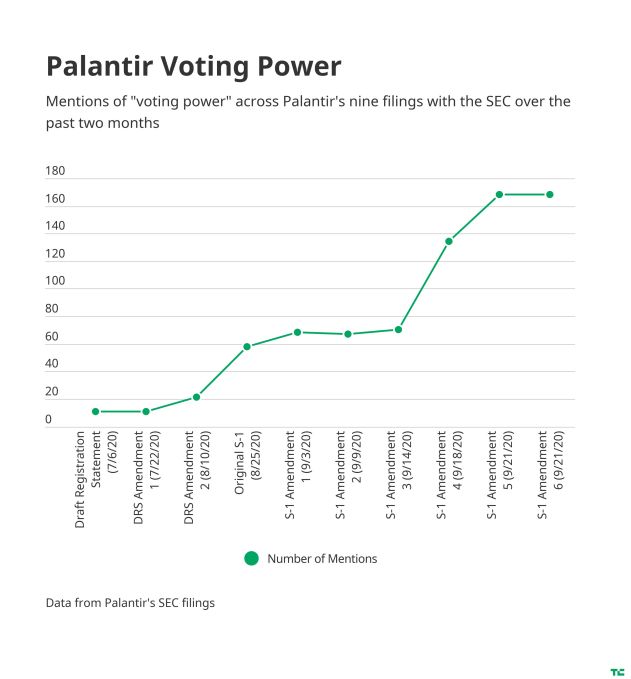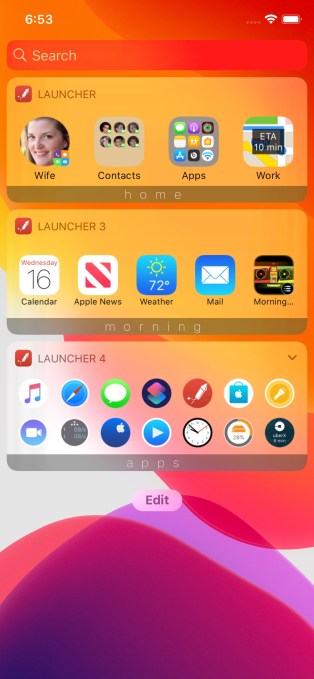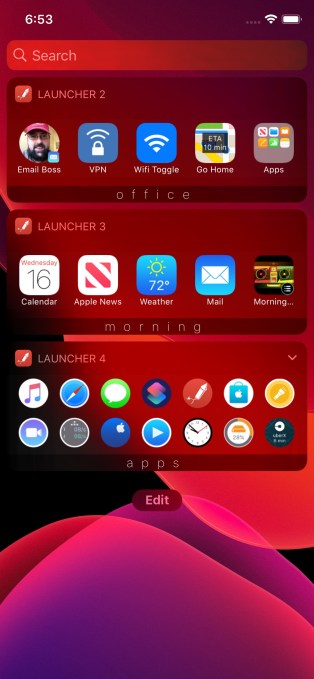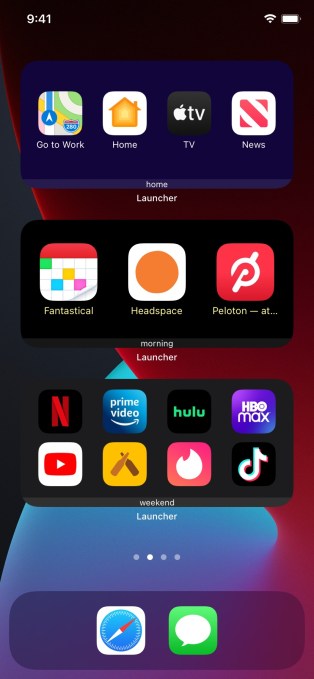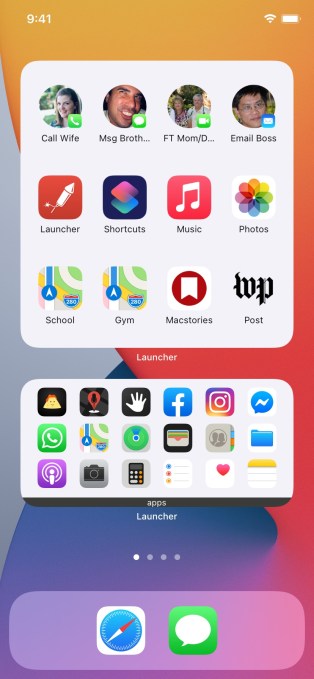Last week at TechCrunch Disrupt 2020, I got the chance to speak to Dr. Eric Feigl-Ding, an epidemiologist and health economists who is a Senior Fellow of the Federation of American Scientists. Dr. Feigl-Ding has been a frequent and vocal critic of some of the most profound missteps of regulators, public health organizations and the current White House administration, and we discussed specifically the topic of aerosol transmission and its notable absence from existing guidance in the U.S.
At the time, neither of us knew that the Centers for Disease Control (CDC) would publish updated guidance on its website over this past weekend that provided descriptions of aerosol transmission, and a concession that it’s likely a primary vector for passing on the virus that leads to COVID-19 – or that the CDC would subsequently revert said guidance, removing this updated information about aerosol transmission that’s more in line with the current state of widely accepted COVID research. The CDC cited essentially an issue where someone at the organization pushed a draft version of guidelines to production – but the facts it had shared in the update lined up very closely with what Dr. Feigl-Ding had been calling for.
“The fact that we haven’t highlighted aerosol transmission as much, up until recently, is woefully, woefully frustrating,” he said during our interview last Wednesday. “Other countries who’ve been much more technologically savvy about the engineering aspects of aerosols have been ahead of the curve – like Japan, they assume that this virus is aerosol and airborne. And aerosol means that the droplets are these micro droplets that can float in the air, they don’t get pulled down by gravity […] now we know that the aerosols may actually be the main drivers. And that means that if someone coughs, sings, even breathes, it can in the air, the micro droplets can stay in the air from anywhere from, for stagnant air for up to16 hours, but normally with ventilation, between 20 minutes to four hours. And that air, if you enter it into a room after someone was there, you can still get infected, and that is what makes indoor dining and bars and restaurants so frustrating.”
Dr. Feigl-Ding points to a number of recent contact tracing studies as providing strong evidence that these indoor activities, and the opportunity they provide for aerosol transmission, are leading to a large number of infections. Such studies were featured in a report the CDC prepared on reopening advice, which was buried by the Trump administration according to an AP report from May.
“The latest report shows that indoor dining bars restaurants are the leading leading factors for transmission, once you do contact tracing,” he said, noting that this leads naturally to the big issues around schools reopening, including that many have “very poor ventilation,” while simultaneously they’re not able to open their windows or doors due to gun safety protocols in place. Even before this recent CDC guideline take-back, Dr. Feigl-Ding was clearly frustrated with the way the organization appears to be succumbing to politicization of what is clearly an issue of a large and growing body of scientific evidence and fact.
“The CDC has long been the most respected agency in the world for public health, but now it’s been politically muzzled,” he said. “Previously, for example, the guidelines around church attendance – the CDC advised against church gatherings, but then it was overruled. And it was clearly overruled, because we actually saw it changed in live time. […] In terms of schools, gatherings, it’s clear [that] keeping kids in a pod is not enough, given what we know about ventilation.”

